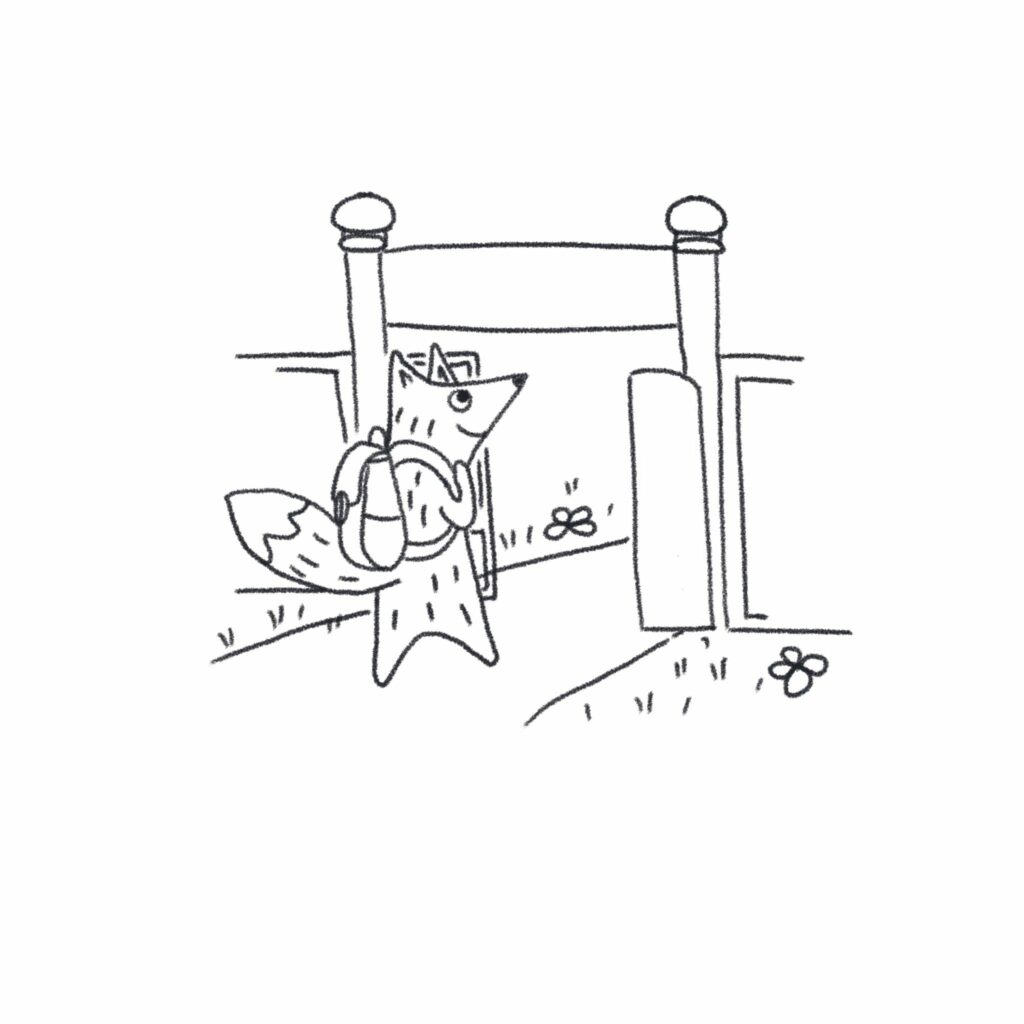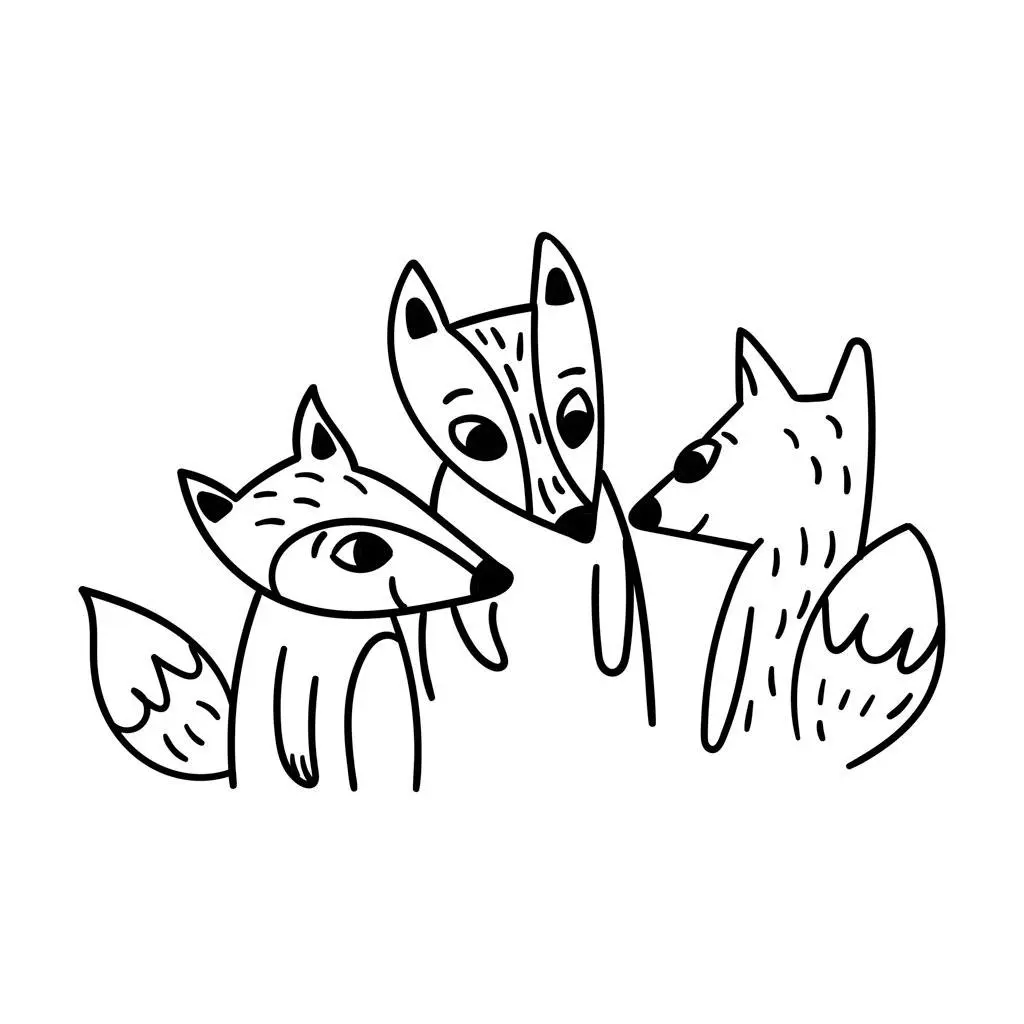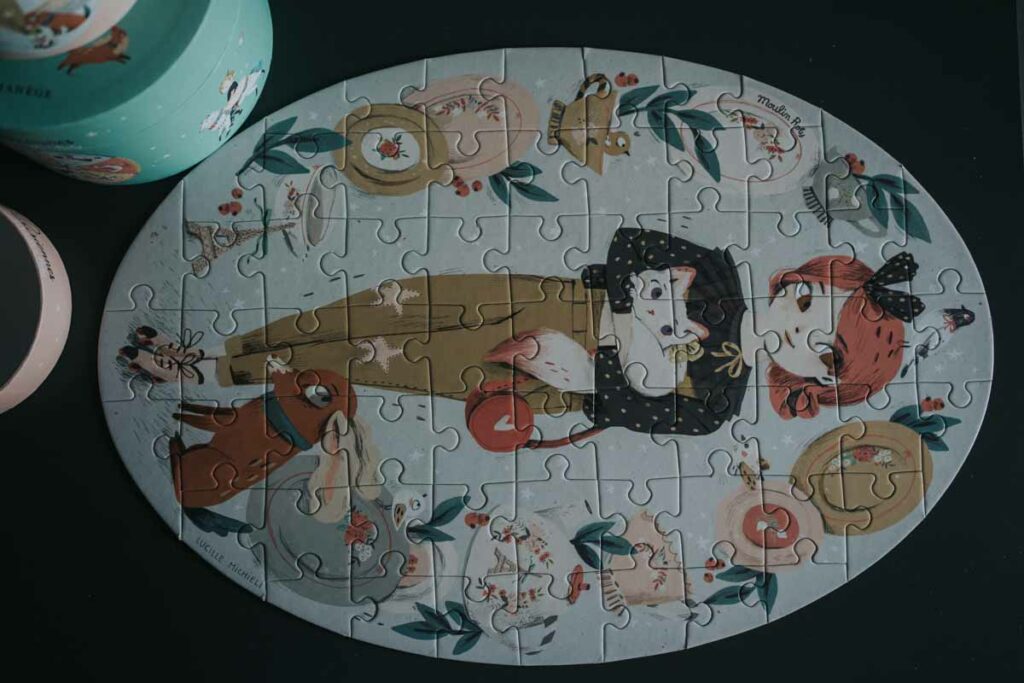Our children’s first few months are such a precious time. We want to hold on to the newness – they’ll never be this young again. The sleepless nights seem eternal and yet three months race by in the blink of an eye.
But time passes and as they grow, our babies become stronger and more aware of their environment. They look for stimulation and for ways to test their bodies.
Newborns don’t need any toys, but from a few weeks of age they’ll enjoy looking at and reaching for interesting objects. For the first six months there’s no need to offer anything more than a baby gym, a play mat and a couple of activity toys (or interesting, child-friendly objects from around the house).

Baby gym
A baby gym will help your baby learn to reach, roll and grasp, as well as stimulating visual and aural development. You can use them from day one.
A baby gym doesn’t need to be complicated; make your own with a stick balanced between two heavy chairs (but be sure the structure can’t be pulled down onto your baby).
The main thing to remember is that like a mobile, the objects you hang from the gym need to be high-contrast (ideally black and white), and not too far away. Hang the toys slightly to the left or the right and you’ll help your child to cross the midline, a vital – if under-appreciated – skill. Move the object further to the side and you’ll encourage rolling.
Once your child is three months or more, their vision has developed to the point where high-contrast objects are less important. They can discriminate between an object and the background (newborns spend a lot of time looking at the edges of things to figure out where one thing ends and another begins). Now it’s time for colour and variety.
Note: Some baby gyms are separate from the play mat so that they can be easily moved to a convenient position. Another useful feature is a bar that can be raised and lowered as your child grows.

Play mat
As with a baby gym, play mats can be used from early on, providing stimulation and visual interest for your baby. Used in conjunction with baby gyms, they give you a safe and comfortable space in otherwise high-traffic spaces such as the living room or kitchen. They can also be folded easily and taken along with you.
As your baby grows, you’ll want to give her tummy time and a play mat makes a great companion to this vital developmental exercise. With tummy time, your baby builds arm, neck and back strength, all essential for eventually pushing up onto all fours and crawling. Many play mats have interesting features to encourage exploration, such as crinkly flaps, mirrors, squeakers and different textured fabrics.

How to use your play mat:
- On the path from lying on her back to crawling, the first step is for your baby to roll over. You can encourage this by arranging interesting objects in a semi-circle around her head. Place the first one at arm’s length and in line with her eyes. The next a bit higher. Your baby will be curious to see the next object in the series and will crane her neck to find out. As she does this her opposite shoulder will automatically come away from the mat. Before long she’ll have the strength to roll onto her tummy. A new world has opened up!
- Tummy time should be for short periods, at first. Holding her head up is hard work for your baby.
- Next comes the ‘sphinx’ phase – pushing up with the arms but not yet on all fours. Place some interesting objects within touching distance. You want to encourage her to lift one arm to reach for them. This builds strength.
- Finally, place the objects a little further away. Your baby will learn to throw herself forwards to reach them. This leads to coming up on all fours, and eventually to crawling.
Neither a baby gym nor a play mat are true essentials. You can string up interesting objects between a couple of chairs (ideally armchairs, that will not fall if pulled) and a blanket will do for a mat. What they do offer, however, is a guarantee of safety. The materials have been tested and are safe to chew and there are no dangerously small parts. In those sleep-deprived first few months, that means one less thing to worry about.





